-
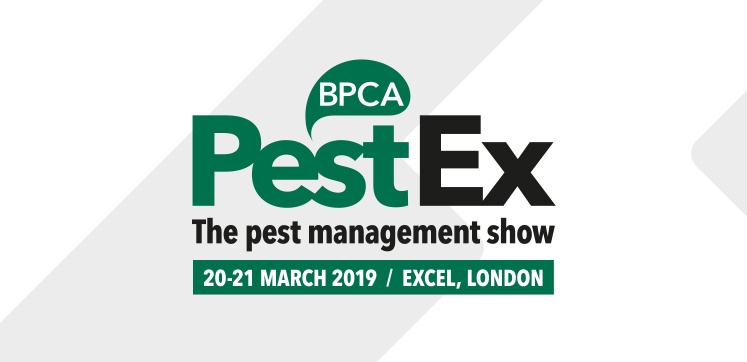
30 August 2018
Advert: PestEx - Register for free now
Advertisement | PPC92 September 2018
< Contents
Next article >
. More
-
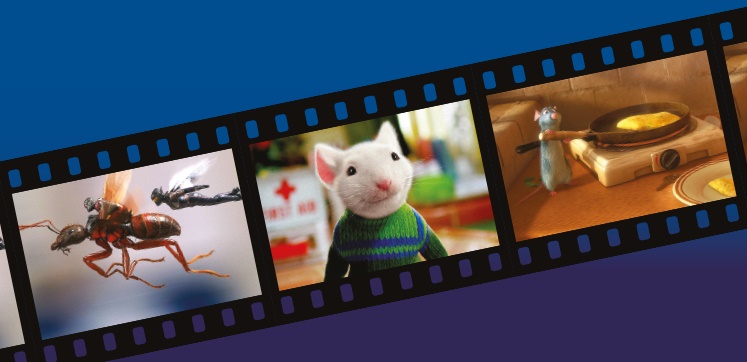
30 August 2018
Hollywood Pests: Pest control film reviews
Media | PPC92 September 2018
The release of Ant-Man and the Wasp from Marvel Studios got us thinking about high profile pests on the silver screen. Over the last few years there’s been an awful lot of pests coming out of Holly.... More
-

30 August 2018
Meet your new Executive Board members
Your Association | PPC92 September 2018
At June’s AGM, Julia Pittman (Beaver), Tim Slator (Valley) and Louise Summers (Urban Wildlife) were elected onto the Association’s Executive Board. Keen to understand their big picture.... More
-

30 August 2018
Ask the technical team September 2018
Technical | PPC92 September 2018
When you’re a BPCA member you can get technical support whenever you need it via our experienced technical team. Here are just a few of the latest questions posed...
SPEED READ
Ensure you ar.... More
-
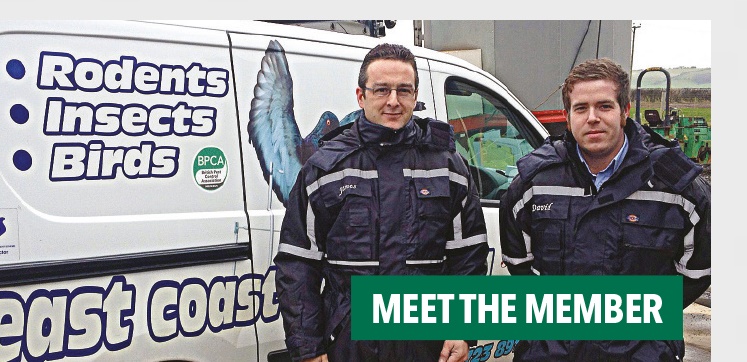
30 August 2018
Beyond certification with East Coast Pest Control
Your association | PPC92 September 2018
When Andy Hunn, Managing Director of East Coast Pest Control, started his own business 16 years ago, it’d have been hard to imagine attending a global summit for pest management.
.... More
-

30 August 2018
Summer Summit: Global Summit of Pest Management Services
Events | PPC92 September 2018
BPCA sent Chief Exec, Ian Andrew and Technical Manager, Dee Ward-Thompson off to the Global Summit in Portugal. They both came back exhausted and tan-less. We asked them to report their findings to PPC reade.... More
-
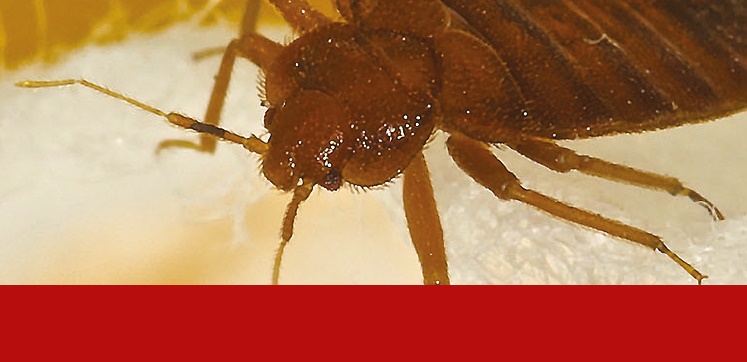
30 August 2018
Calling all bed buggers!
Get involved | PPC92 September 2018
First came the birds, and then came the bees - now it’s time to take everyone’s favourite night-time creepy crawly into the limelight.
BPCA is looking for people who are passiona.... More
-
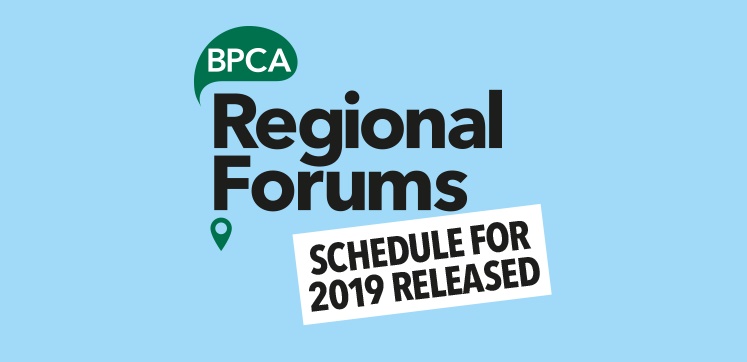
30 August 2018
BPCA Regional Forums 2019 schedule released
Events | PPC92 September 2018
BPCA hosts events for everyone interested in pest management all around the UK. Our Regional Forum dates for 2019 have been announced.
Our Regional Forums are completely free and a great opportunity for.... More
-

30 August 2018
The importance of Continual Professional Development (CPD) in pest management
Training and development | PPC92 September 2018
Following our AGM in June, we announced plans to launch BPCA Registered, an in-house Individual Recognition and Continual Professional Development (CPD) Scheme. Karen Dawes, BPCA Training D.... More
-

30 August 2018
Advert: Not all rat blockers are equal
Advertisement | PPC92 September 2018
< Contents
Next article >
. More
-

30 August 2018
Advert: The next EVOlution of Bait Stations
Advertisement | PPC93 December 2018
< Contents
. More
-

28 August 2018
Pelsis and Curtis Gilmour announce joining of brand portfolios and operations
The Directors of Pelsis Holdings (UK) Ltd and Curtis Gilmour Inc. are pleased to announce that an agreement has been reached to bring together the brand portfolios and operations of the two companies with immediate effect.
The activities .... More
-

14 August 2018
Pests on farms and in grain stores
Agriculture | PestAware
As soon as you start to accumulate large amounts of food in one place, pests will always become a problem. We take a look at the pest problems farms and grain stores have and ask what should you expect from y.... More
-

08 August 2018
No deal - HSE Chemicals EU Exit workshop
BPCA Field Officer, Natalie Bungay, went along to the HSE's Chemicals EU Exit Workshop, in Liverpool on 1 August 2018, to find out how chemical regulation could be affected if we left the EU without a deal.
The Health & Safety Executive.... More
-
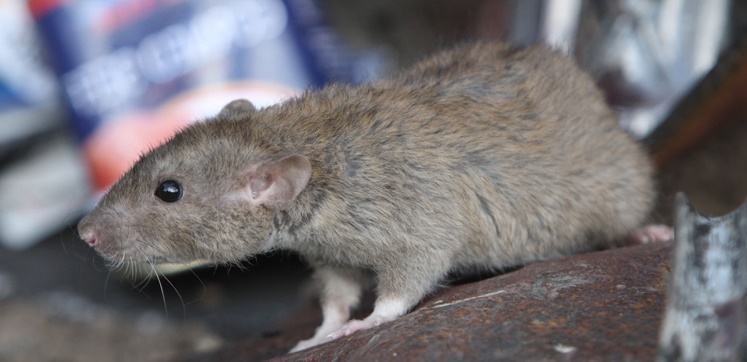
07 August 2018
Free information materials support CPD and best practice for rodent control
A new set of information materials supporting effective and responsible rodenticide use has been published by UK Rodenticide Stewardship and are available free of charge to all users.
Topics include:
Exposure of wildlife to rodenticides
D.... More
-
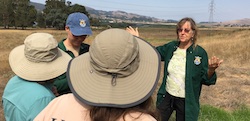
07 August 2018
MEMtoring; can you help shape the future of pest control?
MEMtoring is an integral part of BPCA's forthcoming individual recognition scheme, where it places practical skills at the heart of learning and development.
MEMtoring, in short, is mentoring from one member to another. If you're new to the i.... More
-

26 July 2018
40% of farmers still consider permanent rodenticide baiting essential
In a recent survey conducted by CRRU UK, permanent rodenticide baiting is still considered essential by more than 1-in-3 farmers - contrary to stewardship guidelines.
The Campaign for Responsible Rodenticide Use (CRRU) with the support o.... More
-

26 July 2018
10 tips for keeping rats and wasps out of your bins this Summer
Pest prevention | PestAware
With Britain currently in the grip of an unprecedented heatwave, we’ve put together some advice for stopping rats and wasps getting into your household rubbish.
As the temperature soars, so to do.... More
-

19 July 2018
Wasps and rodents on the rise as temperatures soar
It is looking like a bumper year for pests, with the heatwave providing perfect conditions for wasps, rats and mice to thrive, according to industry experts.
Call-outs to members of The British Pest Control Association have increased for.... More
-
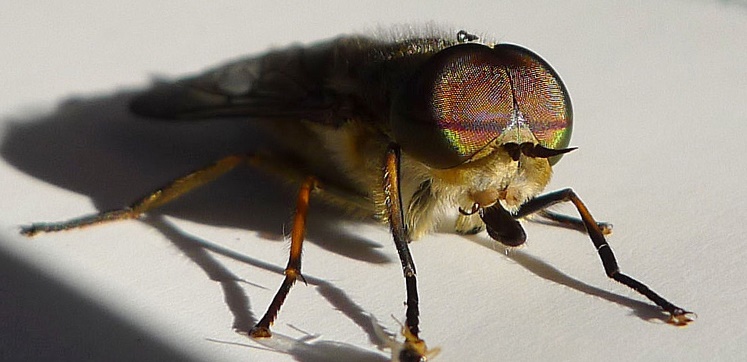
17 July 2018
Reported surge in fly bites and advice to public
Press release | PestAware
BPCA is issuing advice to the public to be pest aware following a reported increase in the number of fly bites.
The heatwave is being linked in the media to an increased number of bites and stings, parti.... More
-

11 July 2018
BPCA scoops award for social media excellence
Last night, at the Trade Association Forum’s awards evening, BPCA won the Best Practice Award for Social Media 2018.
The awards evening, now in its 16th year, was held at the historic Draper’s Hall in London.
Prestigious.... More
-

09 July 2018
RAMPS UK launch the updated 2018 Code of Good Practice and new label tags for Phostoxin® and Talunex®
Label changes in the conditions relating to the use of both Phostoxin® and Talunex® for the nonagricultural control of brown rats resulted in the UK marketing companies putting a temporary suspension on the use of both products for rodent.... More
-
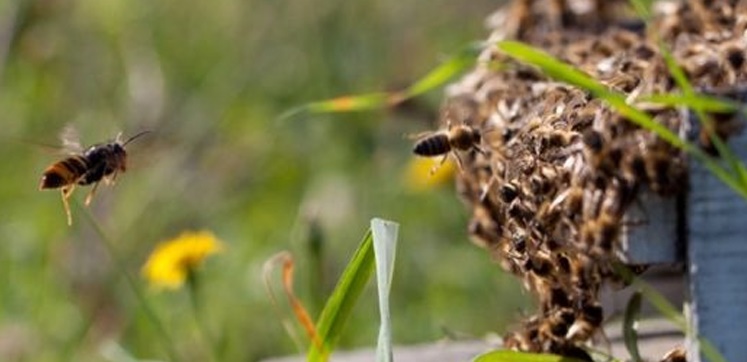
09 July 2018
Electronic tags for anti-social invasive pests
To protect the UK’s honeybee populations, scientists have trialled electronically tagging invasive Asian Hornets.
Scientists from the University of Exeter have been trialling the use of tiny tracking devices to follow Asian hornets.... More
-

06 July 2018
Your helpful-friend: who are the BPCA technical team, and what do they do?
BPCA has a full-time pest control Technical team who are there to support our members – but who’s on the team and what sort of support can they give? We thought it was worth giving you a proper introduction to our Tech team, what they.... More
-
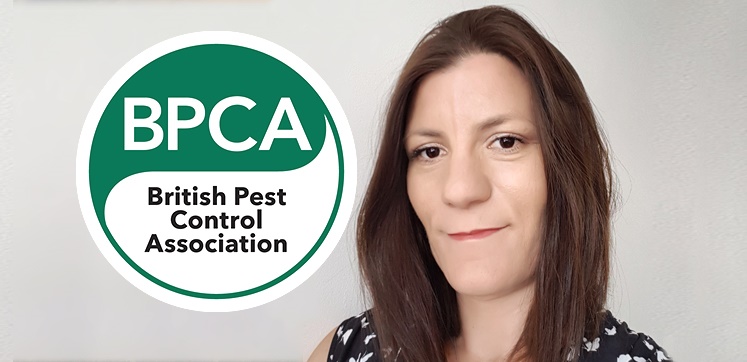
06 July 2018
New Sales Executive joins BPCA
Professional salesperson Beth Reed has joined the BPCA Staff team as our new Sales Executive.
Beth has been recruited to help develop BPCA events like PestEx 2019 and publication, PPC magazine. She’ll be supporting BPCA members with exh.... More
-

06 July 2018
Bed bug project receives government funding
A product designed to “revolutionise how bed bugs are tackled” is being supported by Innovate UK's latest open funding competition.
Vecotech has received a grant of £220,034 to develop a product to detect infestations in it&.... More
-

06 July 2018
BASIS PROMPT appoints data manager to launch training “check-in” system
BASIS PROMPT has taken on an IT manager to manage data and take the lead in a digital transformation project designed to help it improve its service to its members.
The register has appointed Andrew Boulding as its new data manager as it.... More
-
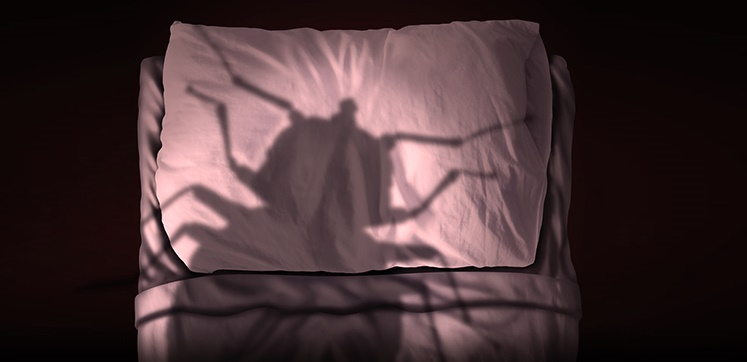
05 July 2018
The future of heat treatments
Do you specialise in heat treatment? If so, then BPCA's Fumigation and Controlled Environments (FaCE) Forum would like your help.
FaCE are meeting on Tuesday 17 July at the BPCA offices in Derby to discuss the future of heat trea.... More
-

05 July 2018
EN 16636 certified contributing factor to City contract
Member story | BPCA online
South London-based Beaver Pest Control has been awarded the pest control contract for the City of London Corporation.
The three-year deal included elements such as EN 16636 Certification, provision of work.... More
-

05 July 2018
Round-up of CEPA’s European Forum: Global Summit of Pest Management Services 2018
Pest management professionals, companies and trade associations from across the world assembled in Portugal’s Coastal town of Cascais for the third Global Summit on 4 June.
The event lasted three-days and was hosted by the Confederation.... More
-

26 June 2018
Julia, Tim and Louise join BPCA Board
Today after the Associations 2018 AGM, BPCA’s Executive Board formally welcomed three new members to its committee.
The Executive Board is BPCA’s governing committee and includes such responsibilities as setting the Associa.... More
-
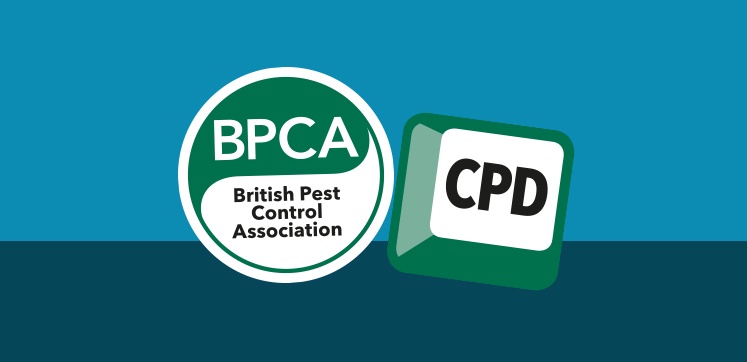
26 June 2018
BPCA to launch in house professional recognition and CPD scheme
Today after its Annual General Meeting (AGM), BPCA announced that it plans to introduce a professional recognition scheme incorporating CPD as a new member benefit from 2019 onwards.
The scheme, ‘BPCA Registered’ will be run by.... More
-
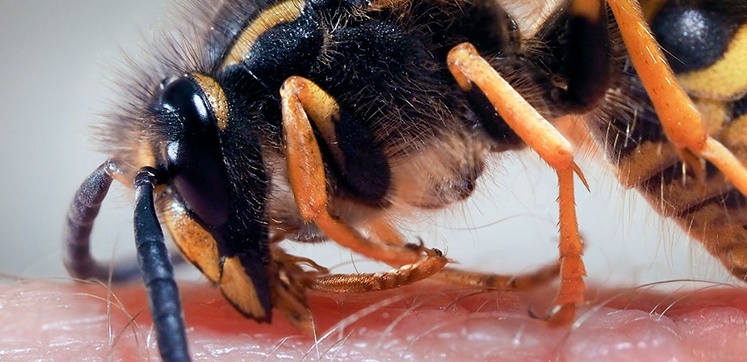
15 June 2018
Wasps going on? The changing pattern of summer pest behaviour
Press release | PestAware
The British Pest Control Association (BPCA) is urging the public to be on their guard for wasps as they anticipate a significant increase in prevalence this summer.
This season could be a bumper year as&.... More
-

14 June 2018
Guidance for the frequency of checking snap-break back traps available for BPCA members
BPCA has produced a guidance document to help our members decide how often they need to check their snapback/break-back traps.
The guidance document was created at the request of members and goes alongside the newly created Code of Best Pract.... More
-
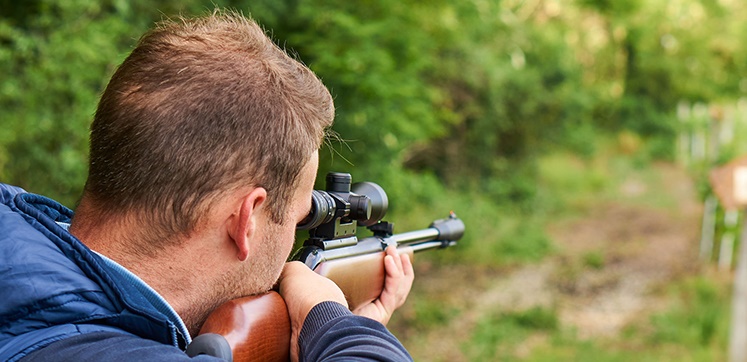
14 June 2018
New Code of Best Practice: The Use of Air Guns in Pest Control
The new Code of Best Practice for The Use of Air Guns in Pest Control is now available to download.
BPCA Codes of Best Practice (COBP) are written rules which explain how people working in the pest management industry should behave i.... More
-

11 June 2018
Alpha Pest Control celebrates its silver anniversary
Member story | BPCA online
Preston based, Alpha Pest Control, has celebrated 25 years of service to the pest control industry.
Alpha Pest Control marked the occasion by throwing a surprise event in London for employees and nation.... More
-

04 June 2018
World Pest Day: What would the world be like without pest control?
6 June 2018 is the second ever World Pest Day. To mark the occasion, we’re imagining what would be different in a world without any pest management.
Pest management professionals from five continents are getting together today for the G.... More
-
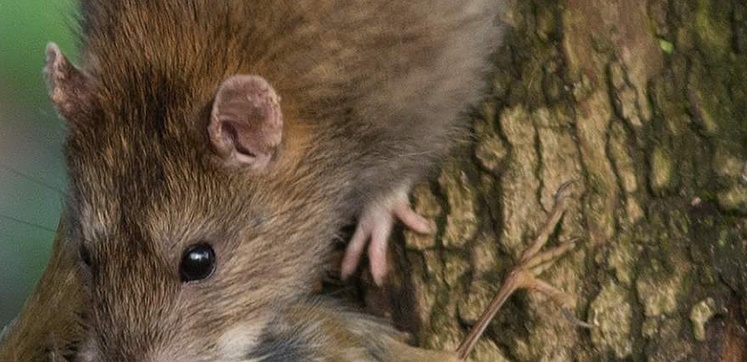
23 May 2018
Interesting rat behaviour caught on camera
Most of us get pretty upset when we see a rat stealing food from a bird table, but what if we spotted a rat eating the birds right out of the trees themselves? That's precisely the moment a photographer captured on camera in Lincolnshire.
The.... More
-
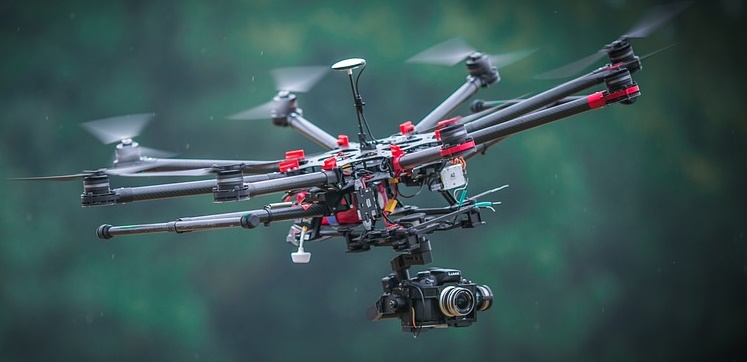
21 May 2018
Your say: Public consultation on drones (unmanned aircraft)
The European Commission is conducting an open public consultation relating to the possible adoption of rules applicable to drone operations.
Any changes in the rules may affect professional pest management companies that use drones as a tool.... More
-

20 May 2018
PPC91 out now
Professional Pest Controller issue 91 is out now and available completely for free. The BPCA member and industry magazine is packed full of all the latest pest control news and features (May 2018).
PPC magazine is made for our members.... More
-
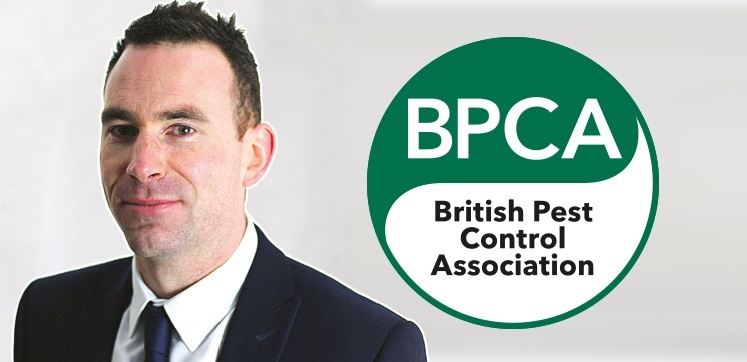
11 May 2018
President foreword: Let’s get strategical
President foreword | PPC91 May 2018
Hopefully, by the time you read this, some better weather has finally arrived. Speaking with many technicians, the terrible weather we’ve endured right through into mid-April has undoubtedly.... More
-
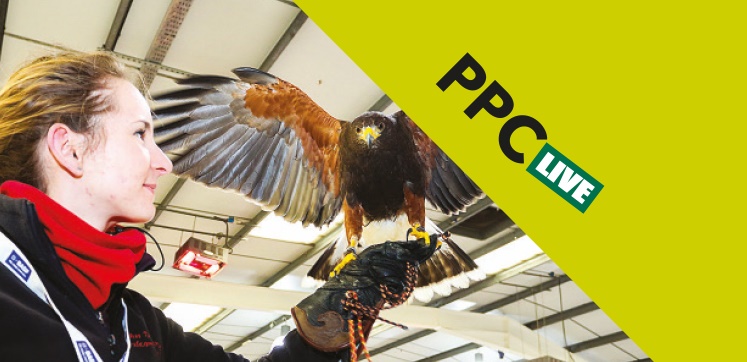
11 May 2018
INFOGRAPHIC: PPC Live 2018 in review
Events | PPC91 May 2018
PPC Live 2018 in numbers. Take look at the feedback, stats and figures from pest controls's biggest get together this year!
< Contents
Next article >
. More
-

11 May 2018
The big pest control get together: a look back at PPC Live 2018
Events | PPC91 May 2018
Third time’s the charm for BPCA’s roaming trade show, PPC Live. With more visitors, exhibitors, and positive feedback than ever before – we’re calling it a win for everyone involved.
.... More
-
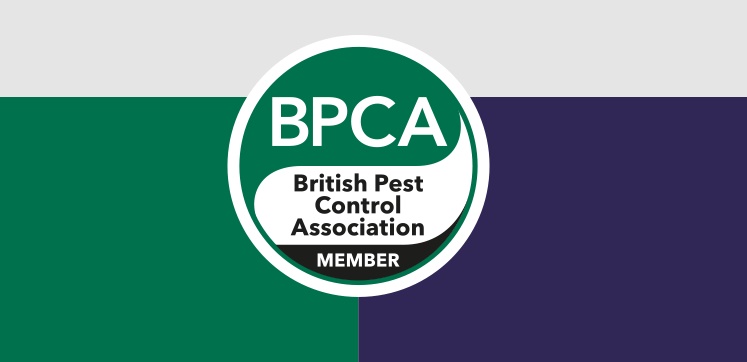
11 May 2018
Leave it to the professionals: Considering the bigger picture of pest control
Business practice | PPC91 May 2018
Director of Precision Pest Management Solutions and BPCA Executive Board Member, Mike Ayers, shares his thoughts on why it’s now more important than ever for BPCA members to mobilise and consider.... More
-
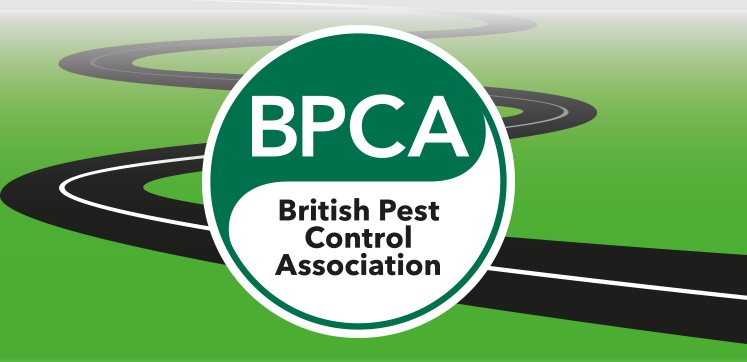
11 May 2018
Road trip to success: BPCA Strategic Plan 2018-2020
Your association | PPC91 May 2018
I am delighted to share with you an overview of our strategy for the next three years. In the spirit of “driving excellence in pest management” let’s take the idea of driving as an anal.... More
-
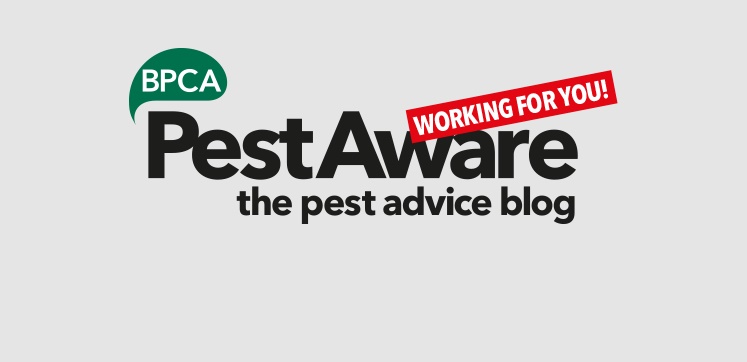
11 May 2018
GET INVOLVED: PestAware the pest advice blog - working for you
Your association | PPC91 May 2018
BPCA’s new consumer-facing blog has launched. PestAware provides domestic and commercial pest advice, encouraging potential clients to use the Find a Pest Controller tool getting BPCA members even.... More
-
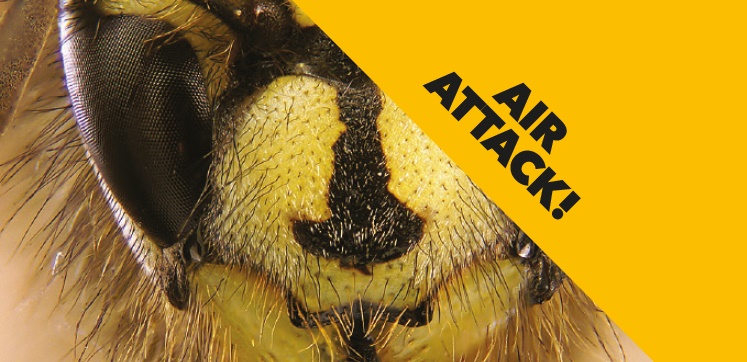
11 May 2018
Biological and environmental factors affecting wasp numbers
Environment | PPC91 May 2018
A good wasp season can give the diligent pest controller a tidy profit, and so there is the temptation to rely on these returns in subsequent years. However wasp work can be a fickle game, and you could.... More
-
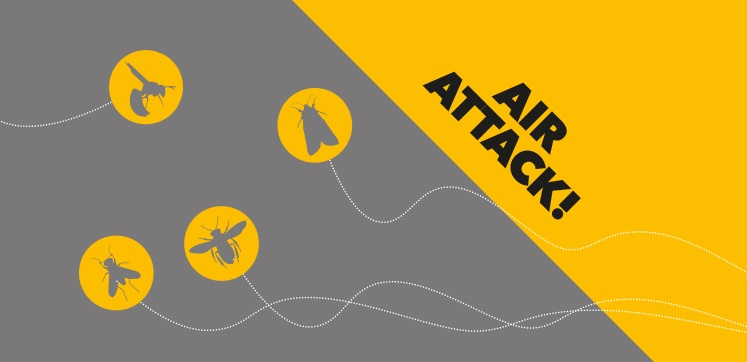
11 May 2018
Back to Basics: Flying insect control and IPM
Pest control | PPC91 May 2018
One day I’ll fly away… but until then, we’ll press ahead practising the principles of integrated pest management (IPM) with vigour, says Ralph Izod, Managing Director of BPCA member compan.... More
-
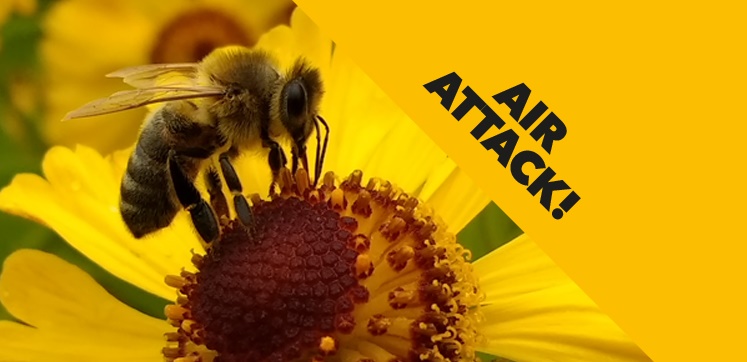
11 May 2018
Talking to pest control customers about bees
Ecology | PPC91 May 2018
BPCA’s newest special interest group, Beewise, has been put to work trying to take the sting out of communicating with clients about bees around the home.
As we enter into the end of Spring.... More
-
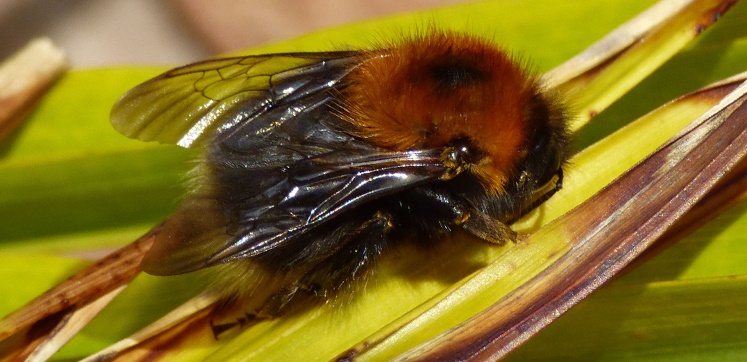
11 May 2018
'Bee-wise' this Spring
Press release | PestAware
National trade body the British Pest Control Association (BPCA) is issuing an appeal to the British public to ‘bee-aware’ as warmer weather looms.
BPCA is issuing a timely message for tho.... More